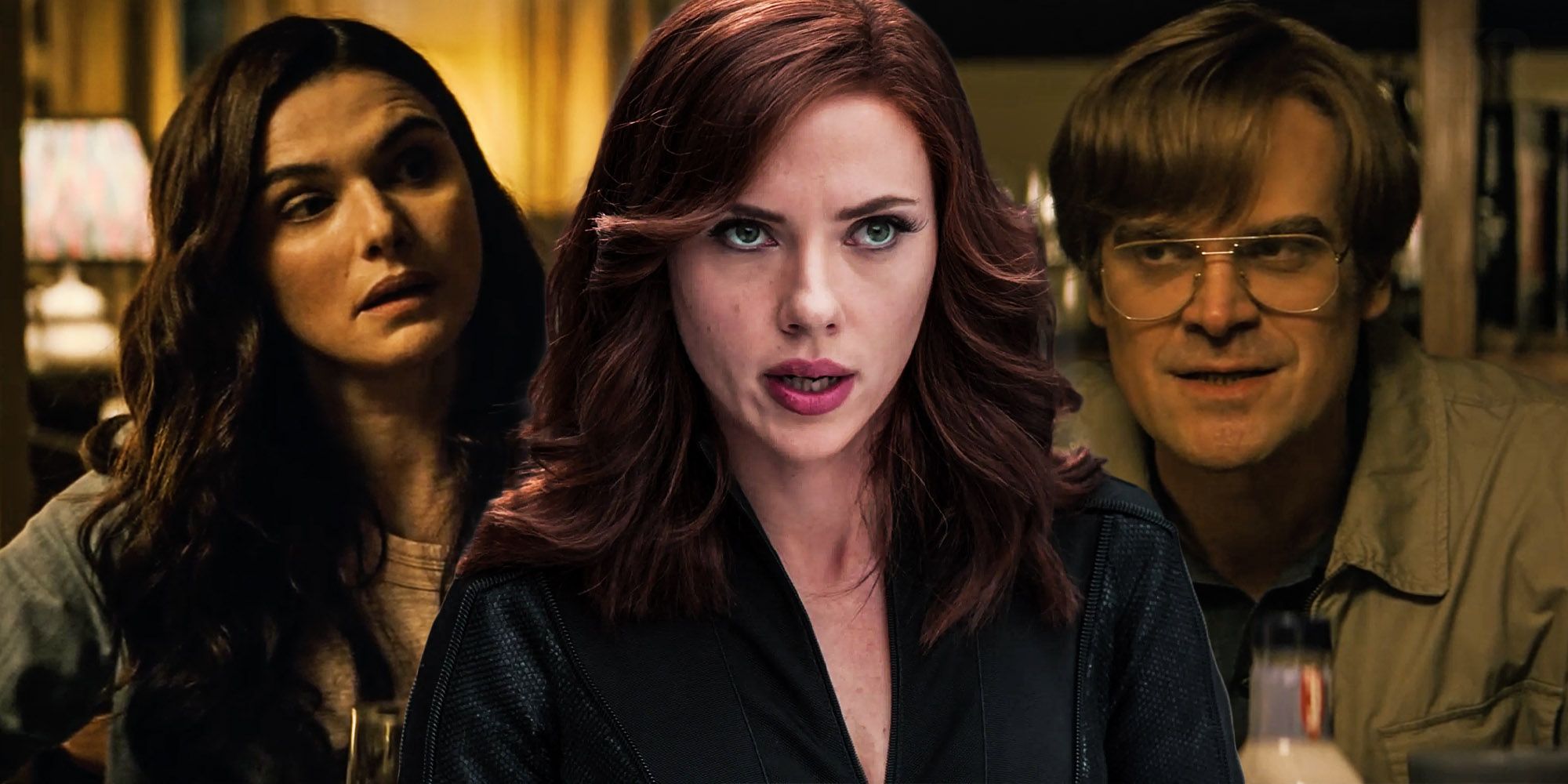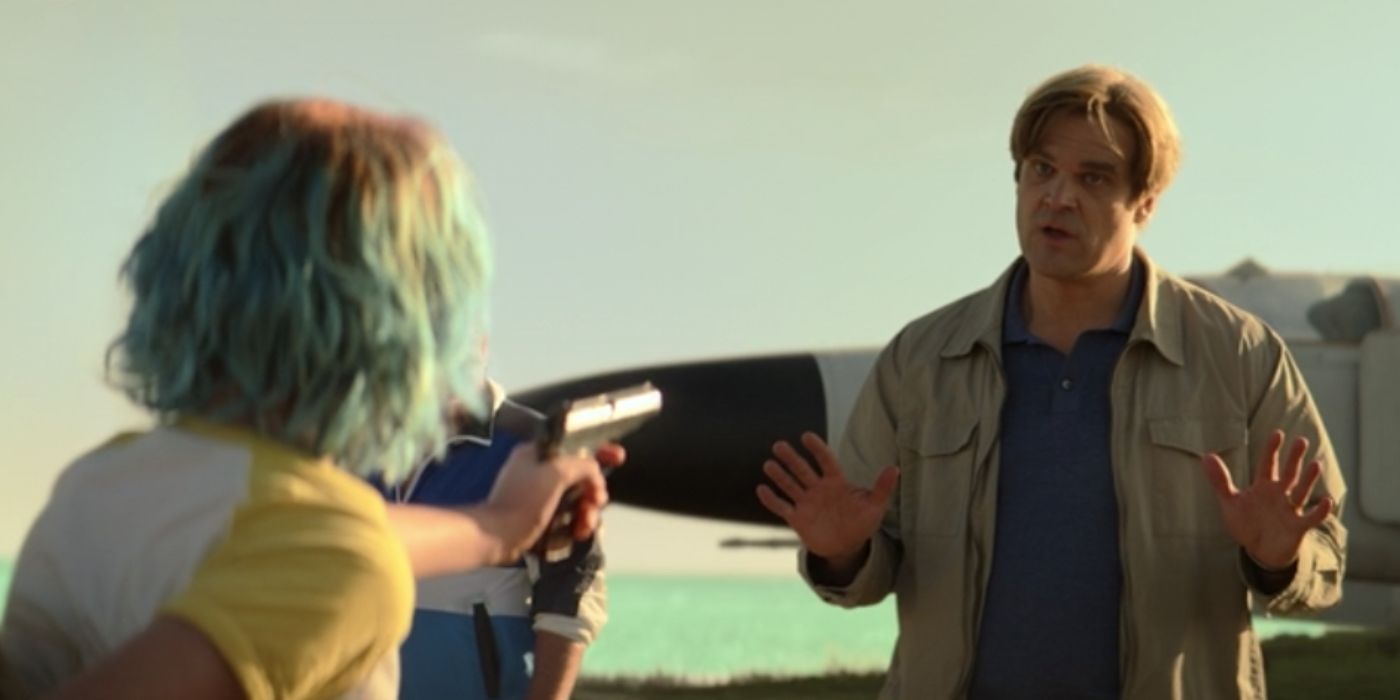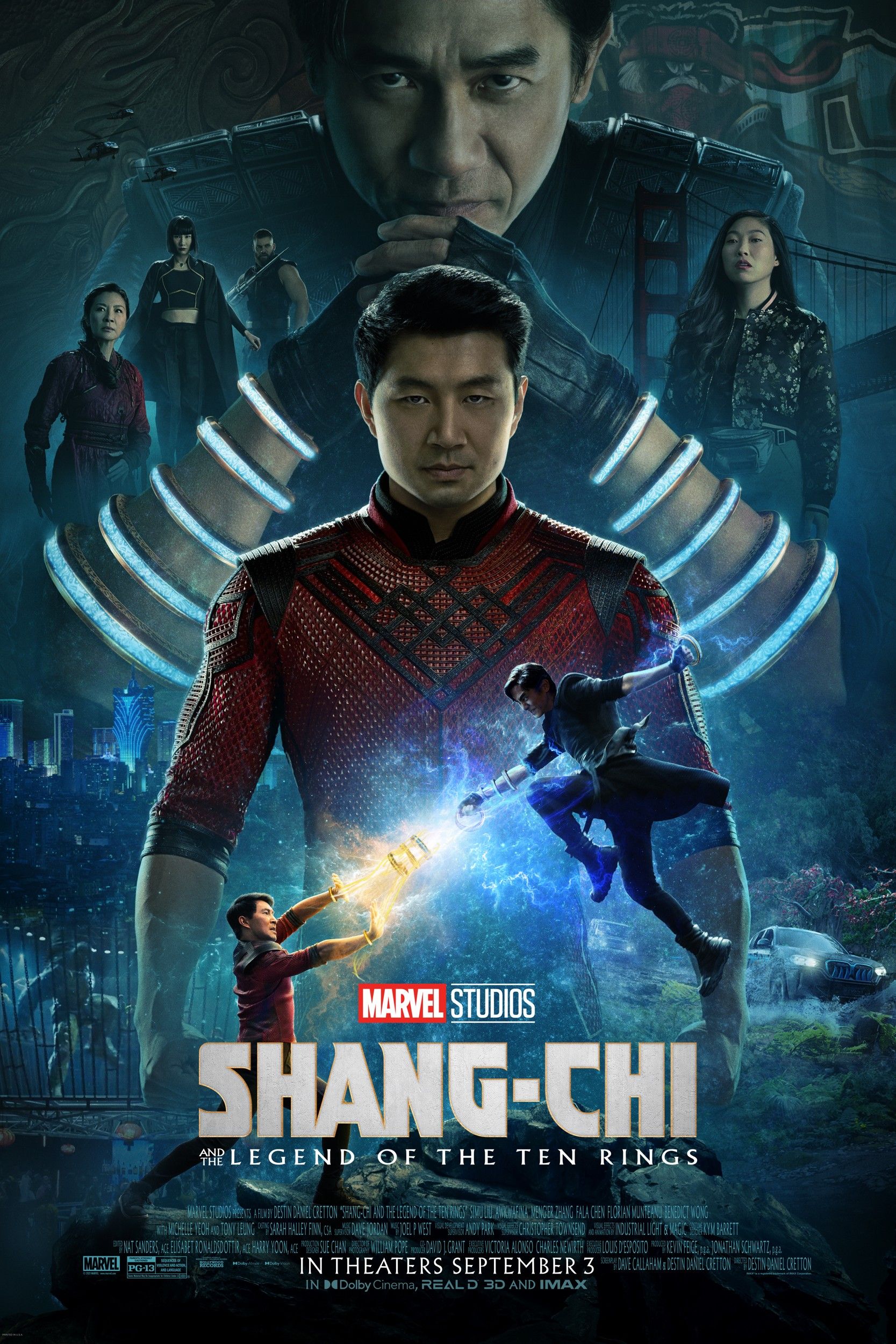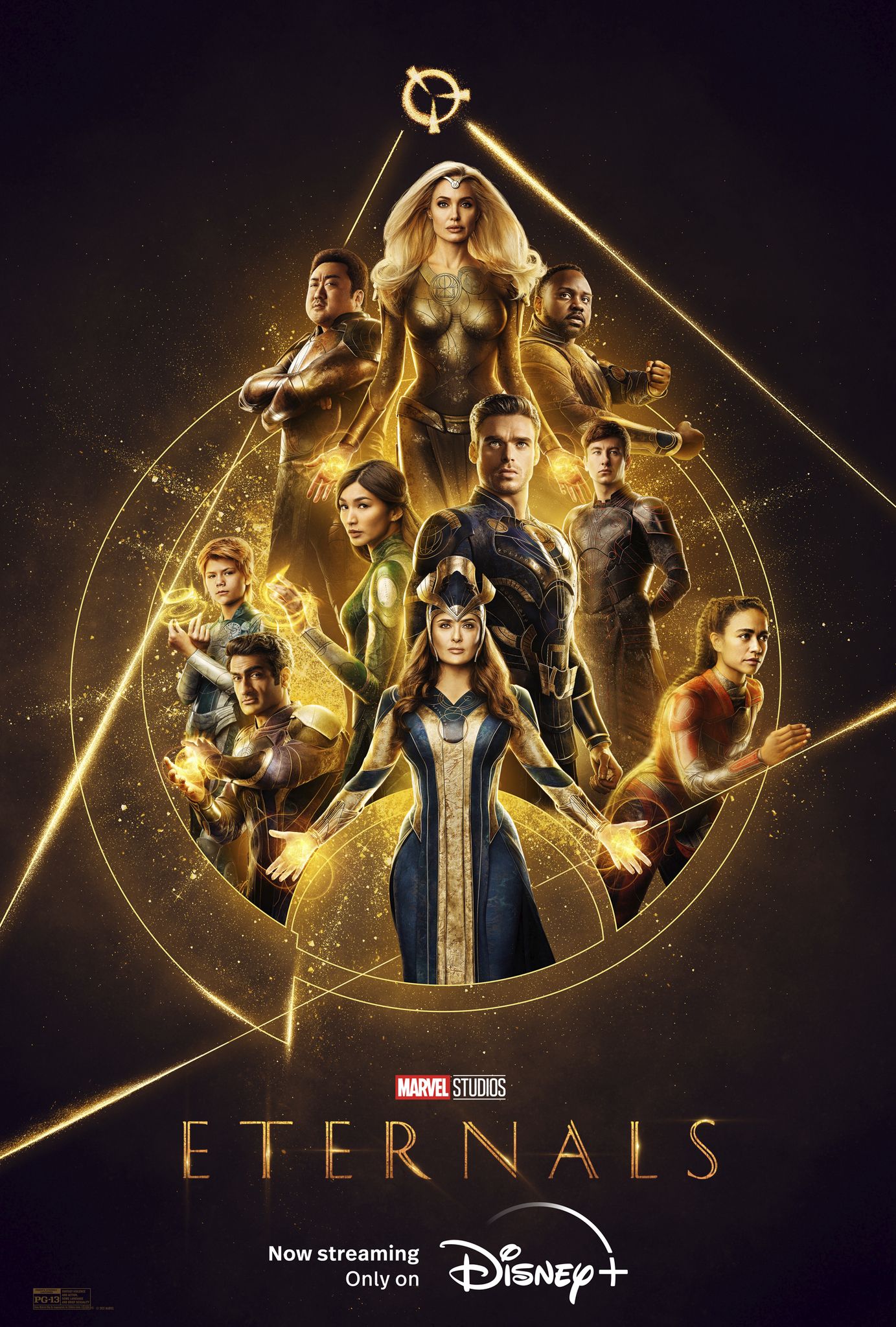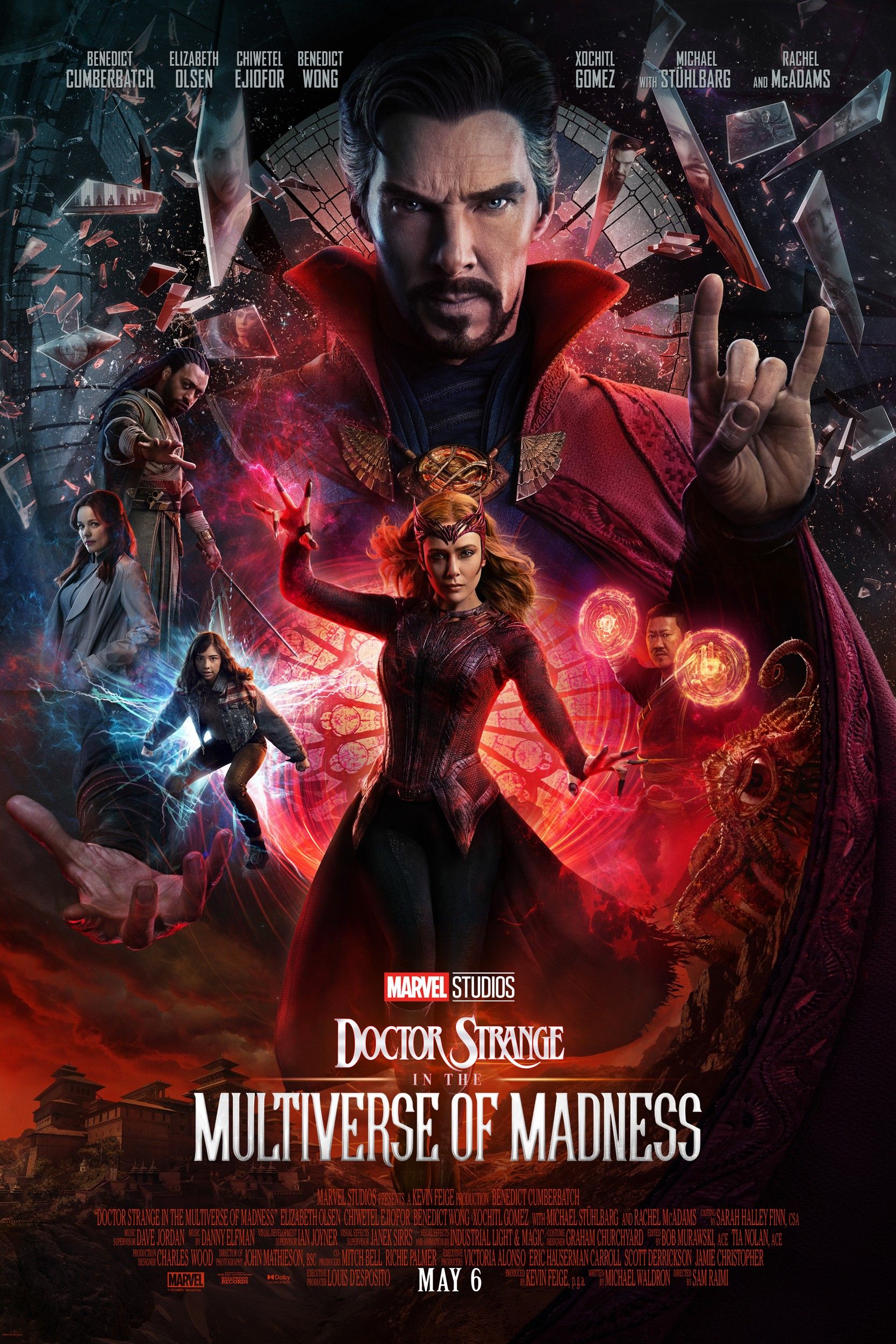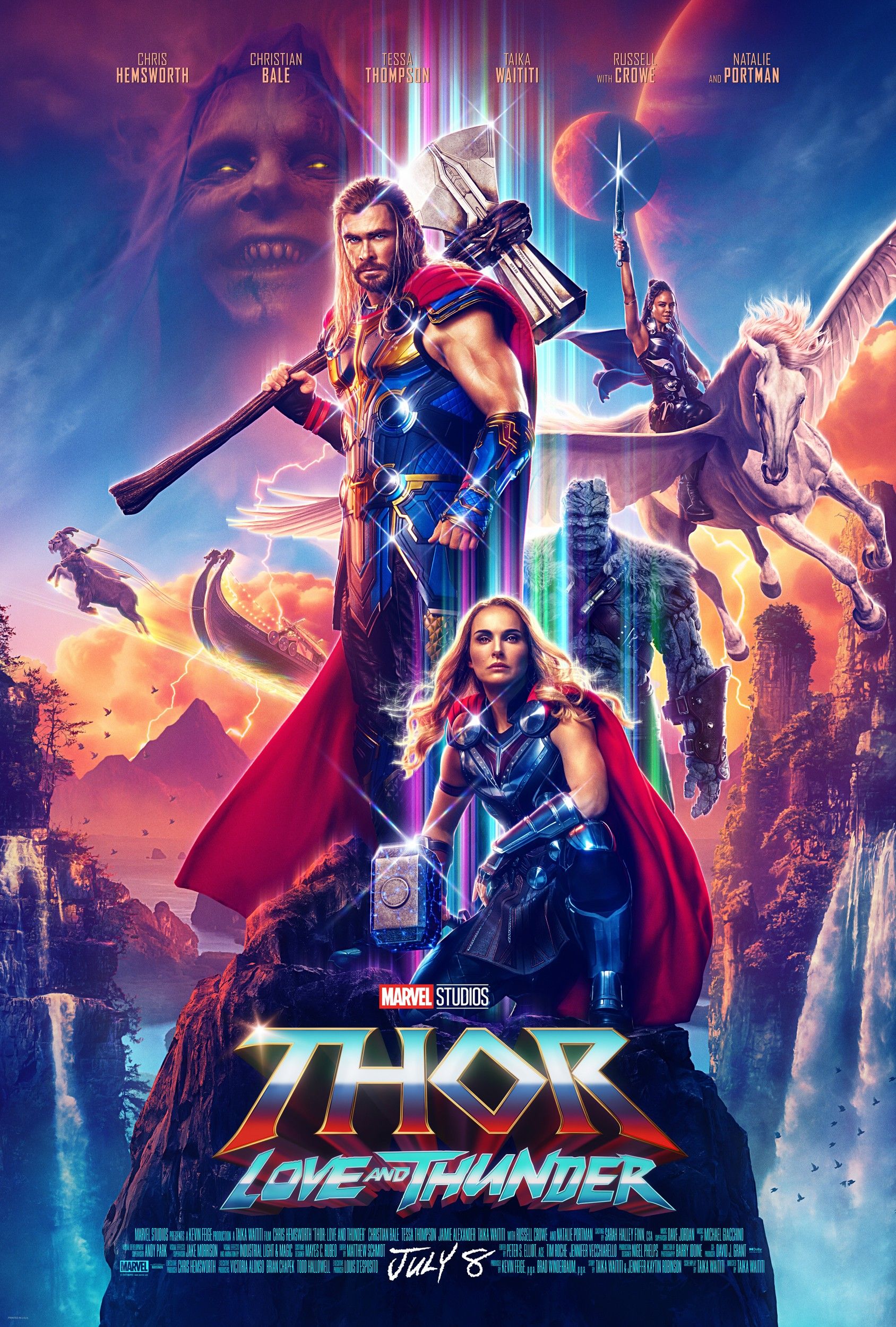Warning: This post contains spoilers for Black Widow.
Marvel's Black Widow featured multiple de-aged characters, so how did the studio do it? The latest Marvel Studios movie, which just smashed the post-pandemic box office record, is set a few years back during the events of Captain America: Civil War. It follows Natasha Romanoff, a.k.a. Black Widow (Scarlett Johansson) as she goes on the run but before she returns to help Steve Rogers and Bucky Barnes break her friends and teammates out of The Raft.
But the movie goes even further back than that, touching upon parts of Natasha's past that have never been broached in the MCU before, such as her life before joining the Red Room's Black Widow program, and how she later got out and defected to the United States to join S.H.I.E.L.D. Black Widow wastes no time in dropping the audience into that earlier time, with the opening sequence unfolding in Ohio 1995 and showing a much younger Natasha and her "family" living in the United States and their subsequent flight from their home and back to Russia after their cover is blown. For the younger Natasha and Yelena, Marvel used two younger actresses with Ever Anderson playing young Natasha and Violet McGraw playing young Yelena.
To portray a younger Alexei and Melina, however, Black Widow opted to digitally de-age actors David Harbour and Rachel Weisz to play younger versions of themselves. It's unclear what exact technology was used, but Marvel once again worked with effects house Lola VFX, which has become a leading VFX workshop in the area of digital de-aging. The Marvel-Lola partnership has become the studio's go-to for any scenes that require de-aging; Lola also provided the de-aging of Robert Downey Jr. in Civil War as well as Michael Douglas in Ant-Man. One of the reasons Marvel's digital de-aging almost always looks so good is due to the specific technique Lola uses to achieve that effect.
With RDJ in Civil War, and so, it can be assumed, the same with Harbour and Weisz in Black Widow, the key is that Downey Jr. performed the scenes himself, then Lola went in and de-aged him, adding a layer on top of his performance. With that method, it allows Lola to maintain the small tics and nuances of the actor's performance. It results in a much more natural and human look than one that is entirely digitally created, or when a different actor gives a performance and then is composited together with a digital creation of the real actor. An example of that latter approach can be found in The Mandalorian season 2 when a digitally de-aged creation of Mark Hamill as Luke Skywalker drew criticism for his mouth not syncing up with the dialogue and appearing so inhuman; body double Max Lloyd Jones provided the body and face double while Hamill provided the voice.
In the Black Widow flashback sequence, however, Rachel Weisz and David Harbor look so natural that it's genuinely hard to tell if the de-aging was achieved through digital VFX or clever makeup. The scene is proof that Disney, and especially Marvel, is getting better and better at the de-aging technique. Harbour and Weisz were clearly younger, but there was little of the fake digitized overlay that often accompanies de-aged characters, creating the same sense of the uncanny valley that the Mandalorian attempt and others have evoked. With the multiverse of madness having arrived in the MCU Phase 4, it will be interesting to see if it offers up more opportunities for Marvel and Lola VFX to push the de-aging boundaries even further than they have before.

